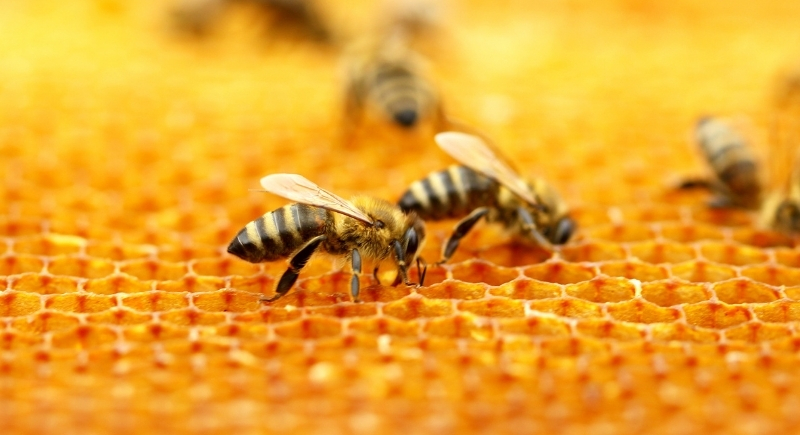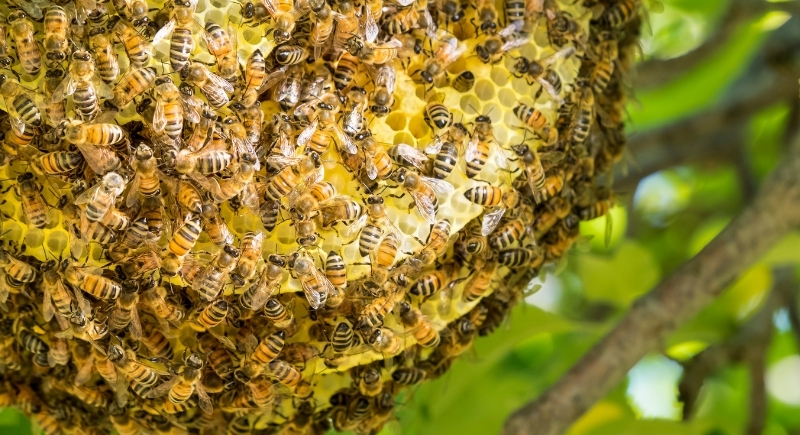Wild Honeybees Officially Declared Endangered in Europe, Scientists Warn
Wild honeybees in Europe have just been officially declared endangered for the first time. This decision, made by the International Union for Conservation of Nature (IUCN), signals a major shift in how we understand and value these unmanaged bee populations. Unlike their domesticated counterparts in organized hives, wild honeybees survive without human interference and live in tree cavities or natural structures.
They’ve existed largely unnoticed, their numbers quietly falling due to habitat loss, disease, and increasing pressure from agriculture. With their formal recognition as endangered, scientists now emphasize the urgent need to study and protect them more seriously.
Scientists Created a Clear Definition of Wild Honeybees

Image via Getty Images/Balwan
For years, researchers struggled to assess wild honeybee populations because they couldn’t reliably separate them from domesticated ones. Western honeybees, known as Apis mellifera, have never been fully domesticated. They often breed across wild and domesticated colonies and make genetic distinctions unreliable.
Instead, the new approach defines wild colonies ecologically. To be classified as wild, honeybees must live freely without human care and sustain themselves without help, including without new bees escaping from hives to replace lost members.
This ecological definition gave scientists a consistent way to identify and track wild colonies. It also exposed a major gap in existing data. Until this point, these bees had been considered “data deficient” under the European Red List, which meant there wasn’t enough information to judge their survival status. The revised definition finally allowed experts to classify wild honeybees properly—and what they found pointed to serious trouble.
Field Reports Revealed Wild Colonies are Rare
Surveys conducted over the past few years documented wild colonies in multiple locations across Europe. These include forests in Germany and Switzerland, national parks in France, and countryside throughout Ireland, Poland, and Italy. Even some urban areas, like Belgrade, Serbia, showed signs of unmanaged bee populations.
Despite these findings, experts now say Europe has a low density of wild honeybee colonies. Managed hives far outnumber their wild counterparts. And while wild bees do still exist, their presence is scattered and their numbers are dropping.
To bring this information together, a global initiative called Honey Bee Watch launched in 2020. It connected 14 scientists and conservationists with the IUCN to reassess the status of Apis mellifera in the wild. Their work formed part of a wider effort to update the European Red List of Bees, which evaluated nearly 2,000 bee species. The findings provided enough evidence to reclassify wild honeybees as endangered within the European Union.\
Multiple Threats are Driving the Decline

Image via Getty Images/Brandtbolding
The pressures facing wild honeybees are numerous and growing. One of the biggest threats is habitat loss. Expanding agriculture, urban development, and land-use changes have removed the tree cavities, hollow logs, and natural shelters these bees rely on. Invasive parasites, such as Varroa mites, along with viruses and bacterial infections, continue to spread in both wild and structured populations.
There is also the issue of human-mediated hybridization. Managed colonies sometimes swarm and establish nests in the wild, which mix with truly wild populations and diluting unique genetic traits. All of these factors combined have contributed to the population decline.
Until now, wild bees were rarely studied or protected, which left them without conservation resources. The new endangered status reflects both the current threats and the historical lack of attention. Scientists now argue that if these bees are not actively protected, their numbers could fall further, making recovery much harder in the future.